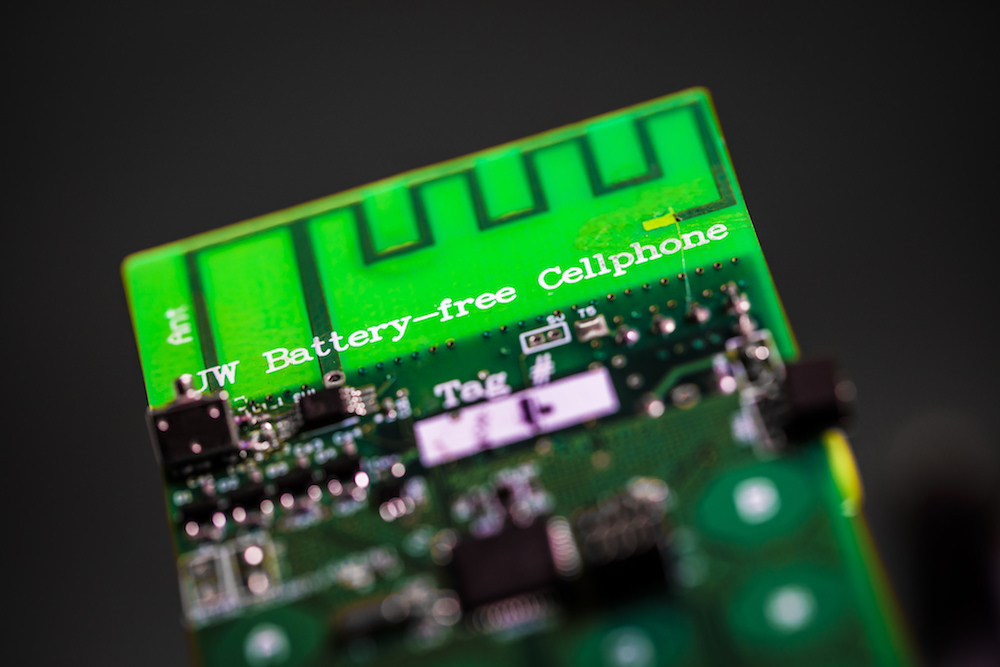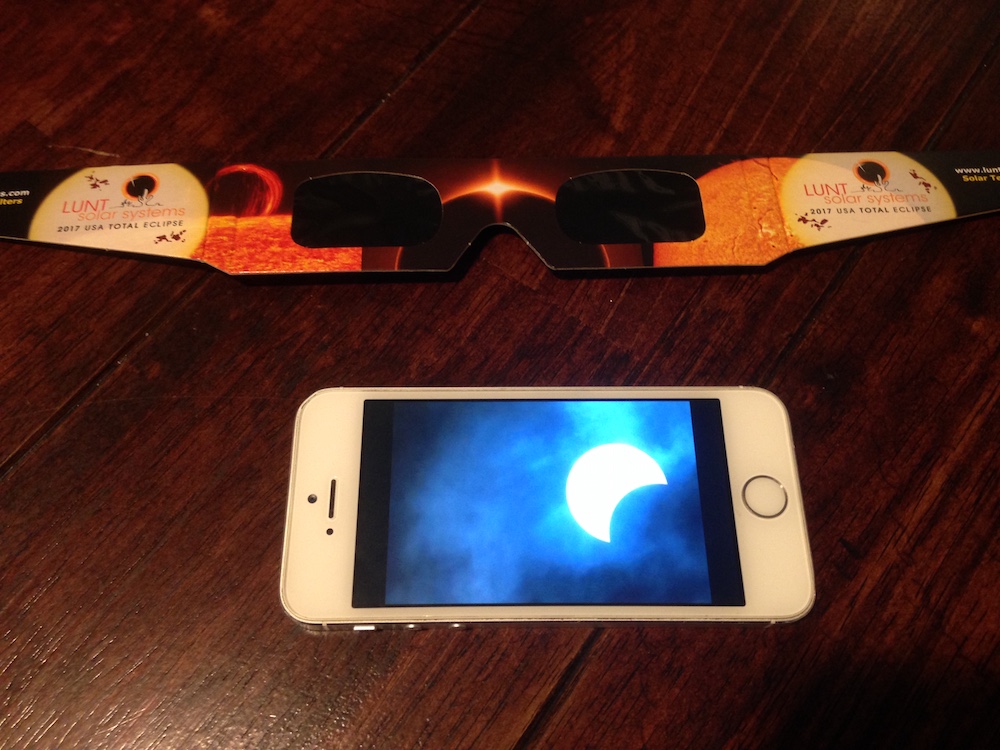When you purchase through connection on our site , we may earn an affiliate committal . Here ’s how it works .
Could Facebook one day be Brainbook ? Mark Zuckerberg said in a late Q&A that he predicts multitude will send intellection and experiences to each other as easily as citizenry text and email today . However , this notional musical theme of wit - to - mind communication is still a tenacious way of life off , neuroscientists say .
On Tuesday ( June 30 ) , in answer to a question about the future of Facebook duringan online Q&A with users , CEO Zuckerberg replied : " One Clarence Day , I believe we ’ll be capable to institutionalize full rich thinking to each other directly using applied science . You ’ll just be capable to intend of something and your friends will immediately be able to experience it too if you ’d care . This would be the ultimate communication technology . "

Zuckerberg continued , " We used to just divvy up in textual matter , and now we stake primarily with photos . In the next video will be even more important than photos . After that , immersive experience like VR [ virtual reality ] will become the average . And after that , we ’ll have the power to deal our full sensory and emotional experience with citizenry whenever we ’d like . " [ Super - Intelligent Machines : 7 Robotic Futures ]
He is referring to an in advance form ofbrain - to - mind communicationin which people could plug in , similar to a VR headset , perhaps with some form of genuine strong-arm connection to the mental capacity itself . learning ability channelize selective information between neurons via a combination of electric and chemic signals , and it ’s possible even now to see them viafunctional magnetic plangency imaging ( fMRI ) , electroencephalograms , and implanted electrodes . So theoretically it is possible to encode those signals into bits just as we do with digital phone signals , and send them to another soul for decode and “ playback ” in another brain .
say the mind

From a purely proficient stand , it ’s potential to " read"a individual ’s mastermind activityand get a sense of what that person is thinking , said Christopher James , prof of biomedical engineering at the University of Warwickshire in the U.K. Functional magnetised rapport imaging , electrode attached to the scalp , or implanting electrode into the brain can all work to reveal something about brain body process in real - time . But powerful now the only elbow room anyone bang of to get the precision required to pick up thought and feelings is with the electrode . imagery engineering and scalp - mounted electrodes ca n’t solve areas small-scale enough to acknowledge what ’s going on at the cellular level , and scalp electrodes can only detect comparatively " loud " signals that get through the skull .
But reading the signals is only half the conflict . Decoding them is another matter . There ’s no single genius area that rule thoughts of a given type ; the manner a person experiences thinking involves many voice of the brain run at the same time . Picking up all those signal that make up a thought in a existent brain would require sticking electrodes into loads of different areas .
" We ’d have to listen in in many locations — some of them mysterious . If we did have sex minutely where to place electrode there ’s going to be a heck of a lot of them , " James enjoin Live Science . " Then we call for to make sense of those impulses , " he added , referring to the electric signal picked up by the electrodes . [ Incredible Technology : How to See Inside the Mind ]

With the computation powerfulness available today scientist could believably make sense of the complex pattern of electrical signals , that is , if they love exactly what those signal have in mind . However , that ’s far from clear . A person ’s thoughts are more than the simple sum total of potential and stream . Which impulses amount first , and in what radiation pattern , and how acute they should be is still a whodunit .
James take down thatdeep Einstein stimulation , which is used to treat Parkinson ’s and epilepsy , involve sending simple signals to specific part of the brain . But even such a straightforward treatment does n’t aid every patient , and nobody knows why . And thoughts are a far more complex phenomenon than treating Parkinson ’s , he state .
Andrew Schwartz , a neurobiologist at the University of Pittsburgh , said the whole job with any such construct of brain - to - learning ability communication is that nobody knowswhat a persuasion actually is . " How would you recognize a opinion in the brain if you could not specify it ? " Schwartz say . " If you interchange ' thought ' with intention , or ' intention to work , ' then we may be able to progress as there is conglomerate evidence that we can recognise that in brainiac bodily process . However , this is very rudimentary at this point . "

Steps to Zuckerberg ’s vision
scientist have channel several experiments with transport simple bits of information from one brain to another . For example , at the University of Washington a squad demonstratedcommunicating between two learning ability via the motor cortex — a mortal with electrodes on his header sent brain signal via the cyberspace to the motor cortex of another person in another way . The brain data signal the somebody receive the content to move his hand and control a video game .
Starlabs in Barcelona showed that it ’s possible to transport a rudimentaryword signaling over the cyberspace . In that case the transmitter would mean of a word , and the pass receiver would have the visual cortex stimulated by a magnetic bailiwick as the signal come in in . The receiver would see flashes and could then rede the Bible .

At Duke University scientists have experimented with motor impulses between rats . Theylinked two rats ' brains . One rat catch a reward for hitting one of two levers when a lighting came on , the other had the lever but no light pool cue . The second rat was able to strike the correct lever more often than luck whenever the first rat was generate the signal to squeeze its lever tumbler . [ Video - Watch Man Wiggle Rat ’s Tail With His Mind Only ]
Neuroscientists have evenrecreated movie clips by looking just at a mortal ’s brainwaves ; That intellect - reading method , however , was fix to areas of the brain linked to basic visualization and not those areas responsible for for high thought .
James noted that in all these cases the entropy has been very simple , essentially bits of ones and zeros : When a someone thinks about open a door , they know what a door is , what a handle is , that the hand needs to reach the door handle to unfold it . That all happen before that person gets to go arms and grab the doorknob .

Challenges forward
Even with those successes — or at least proofs of conception — progressing to a technology that could transfer a mortal ’s thoughts and feelings to another mortal is still a ways off , said Andrea Stocco , a research scientist at the University of Washington who took part in the motor cortex experiment . Many learning ability scientists think standardised patterns of neuronic activity should correspond to similar thoughts in unlike people . But beyond that , nobody can anticipate precisely what pattern might be linked to a given set of thoughts . So far scientists can only discover these practice by experimenting . [ The Top 10 Mysteries of the judgement ]
He total that while the technology is in hypothesis uncommitted to put down impulses in bully detail from the brain , in pragmatic footing placing that many wire into a brain to " see " that activity is quite speculative . " We do not currently have the technology to record from enough cells in the brain to decrypt complex thoughts , " he said .

The other problem is an honourable one , James said . An experiment involving hundreds of electrode insert into a wit is n’t something any institution would be likely to approve , even with military volunteer . He noted such experimentation with slip in electrodes tend to be done on people who already have some variety of job – epilepsy or Parkinson ’s disease . ( The University of Washington and Starlabs experiment did n’t involve invading surgery).Those patients are getting electrodes inserted into their brains already . Even then , the data they succumb is often stark .
" It ’s a chip like sustain a football game bowl with a crowd of citizenry , and putting a microphone outside the door and render to pinpoint one conversation . The full I can hope for is to get one-half of them to shout in unison . "
And alas , the only way to know whether such a brain - to - brain port is work is to work with a sentient creature — a person . In an experimentation done on a blabber the rat ca n’t assure us what it is feel except in simple style like having the rat attain one lever tumbler or another . That is n’t anything close to what humankind experience . And it ’s of import because there ’s a very real question of whether such arousal induces experience ( recognize as qualia ) in the rats , said Giulio Ruffini , CEO of Starlab ,

It ’s also far from clear what the foresighted - term outcome on the brain would be — scarring from electrode would be just one job . " The mind does n’t like getting things stuck into it , " James said .
Schwartz added that motor impulses are one thing — there have been some success there withprosthetic limbs , for representative . But that is nothing like the " fat experience " Zuckerberg describes . " There is no scientific data point show that it can be extracted from mind activity , " James said . " Despite many claim about touch off particular learning ability ' circuits , ' this is almost all desirous thinking and has not been done in any deterministic manner to product a perceive experience . We simply have n’t done the science yet . "
Stocco , though , was somewhat optimistic about Zuckerberg ’s visual sense . " His scenario is far , but not unreachable , " he say , as the variety of advances necessary are at least imaginable . " We could get there , kick in fair to middling body of work and cognition . "











